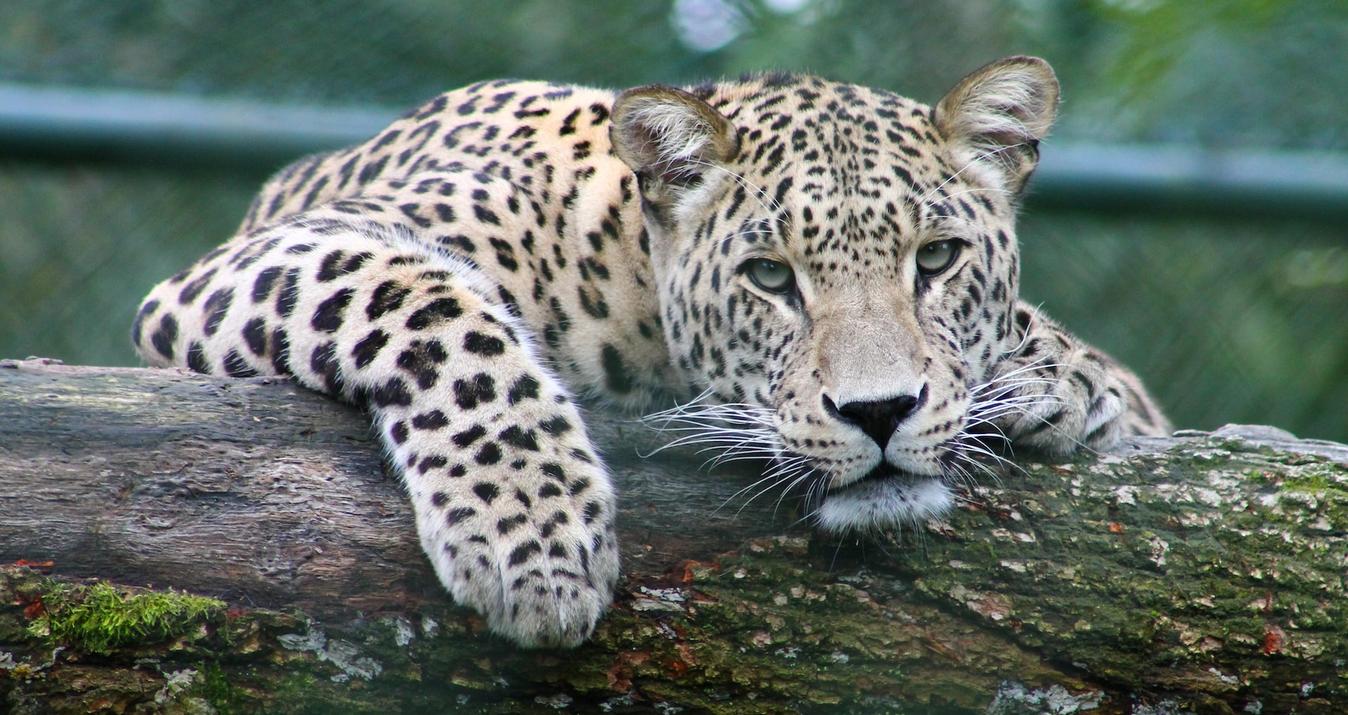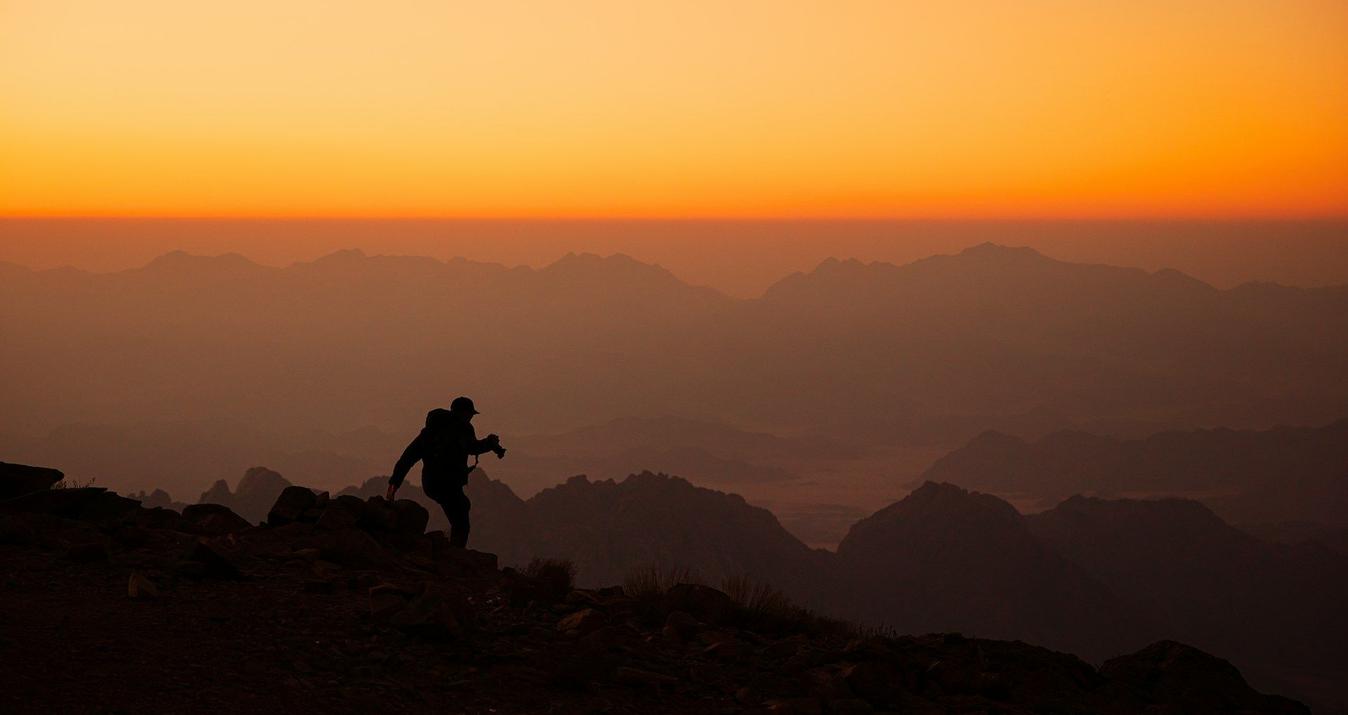Blog
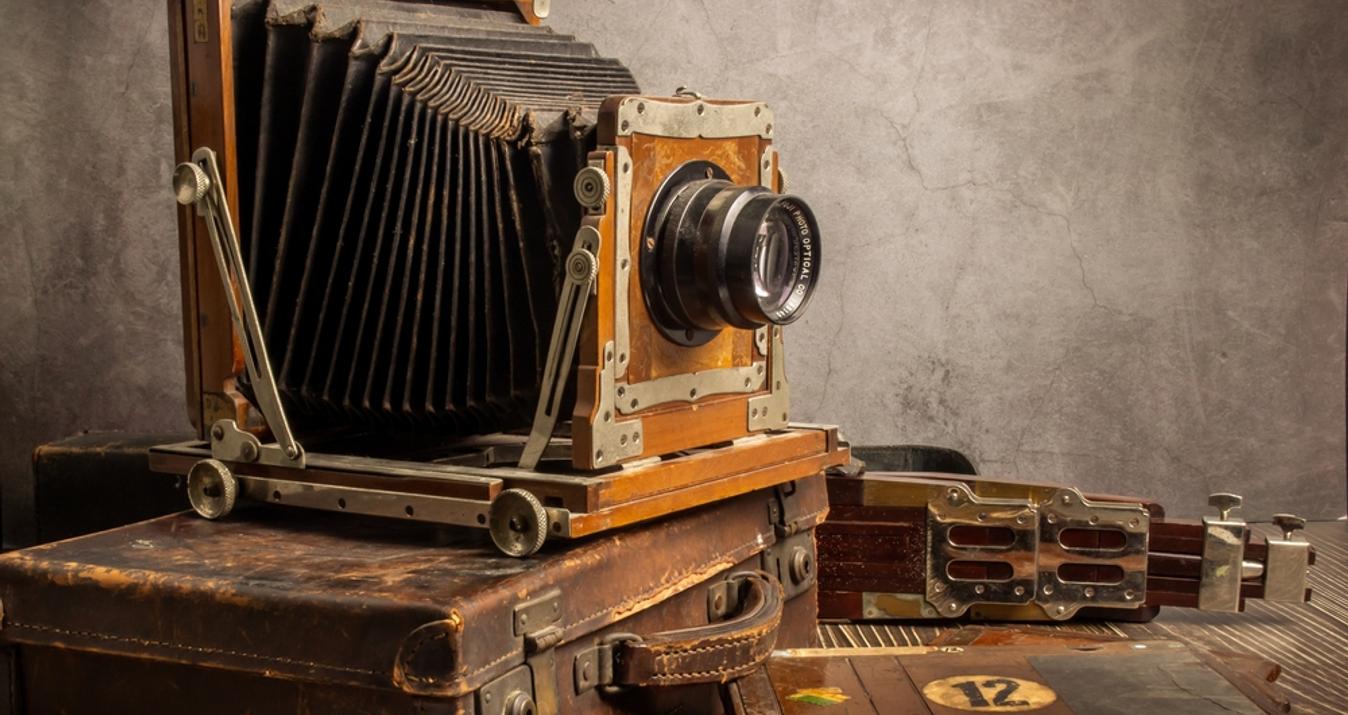
December 23, 2024
When Were Cameras Invented: A Timeline Of Innovation
Have you ever wondered how things in our everyday lives are arranged and how they were invented? Cameras are gadgets without which it isn't easy to imagine our present. Today, in our blog, we will turn to how the birth of modern cameras and their history began.
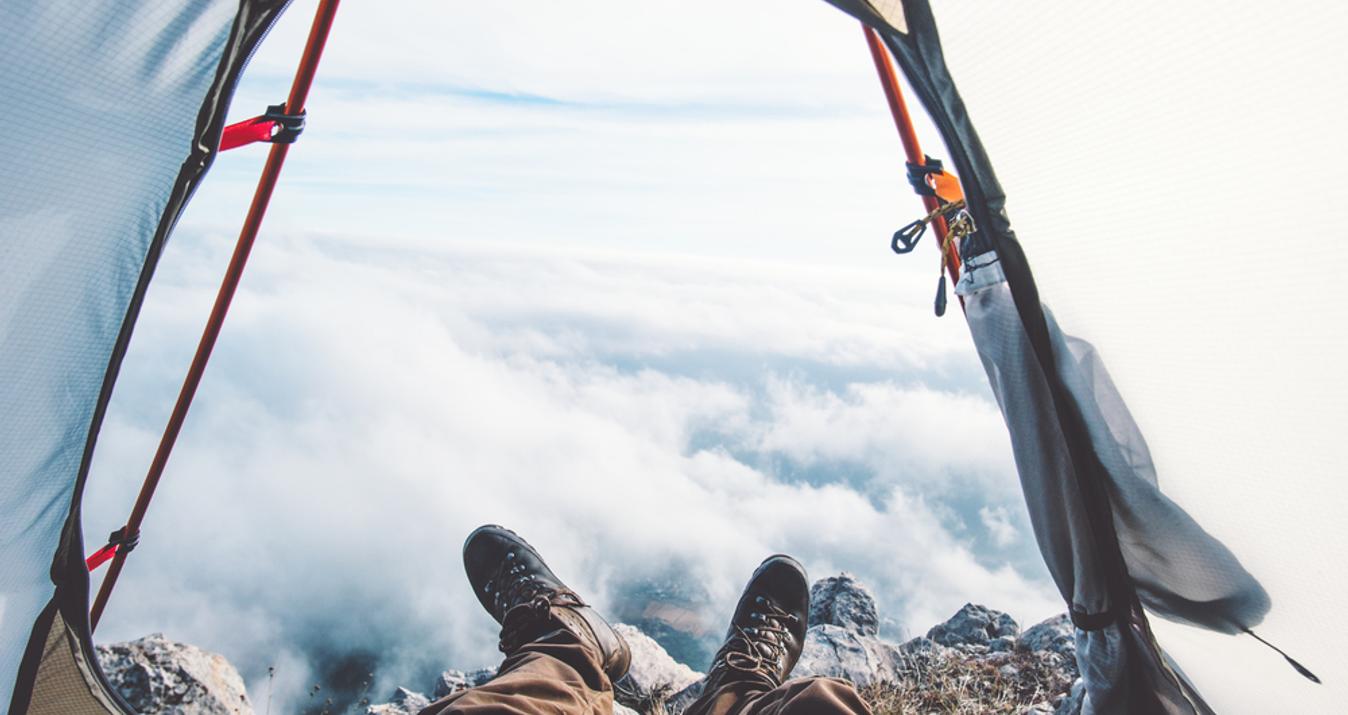
December 23, 2024
Feet Picture Ideas And Shooting Tips
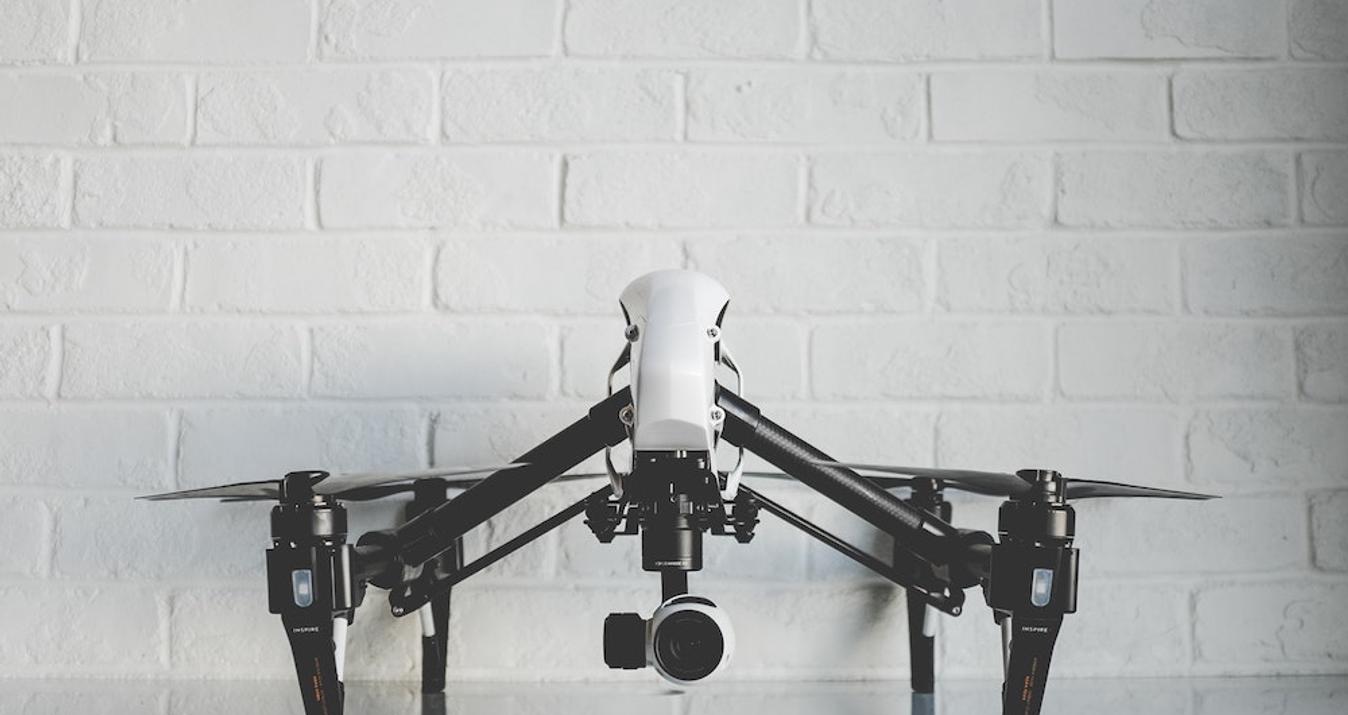
December 23, 2024
11 The Most Expensive Drones in the World in 2024

December 20, 2024
Secondary Colors: Definition & Examples

December 20, 2024
Analogous Colors In Photography: Master Harmonious Shots
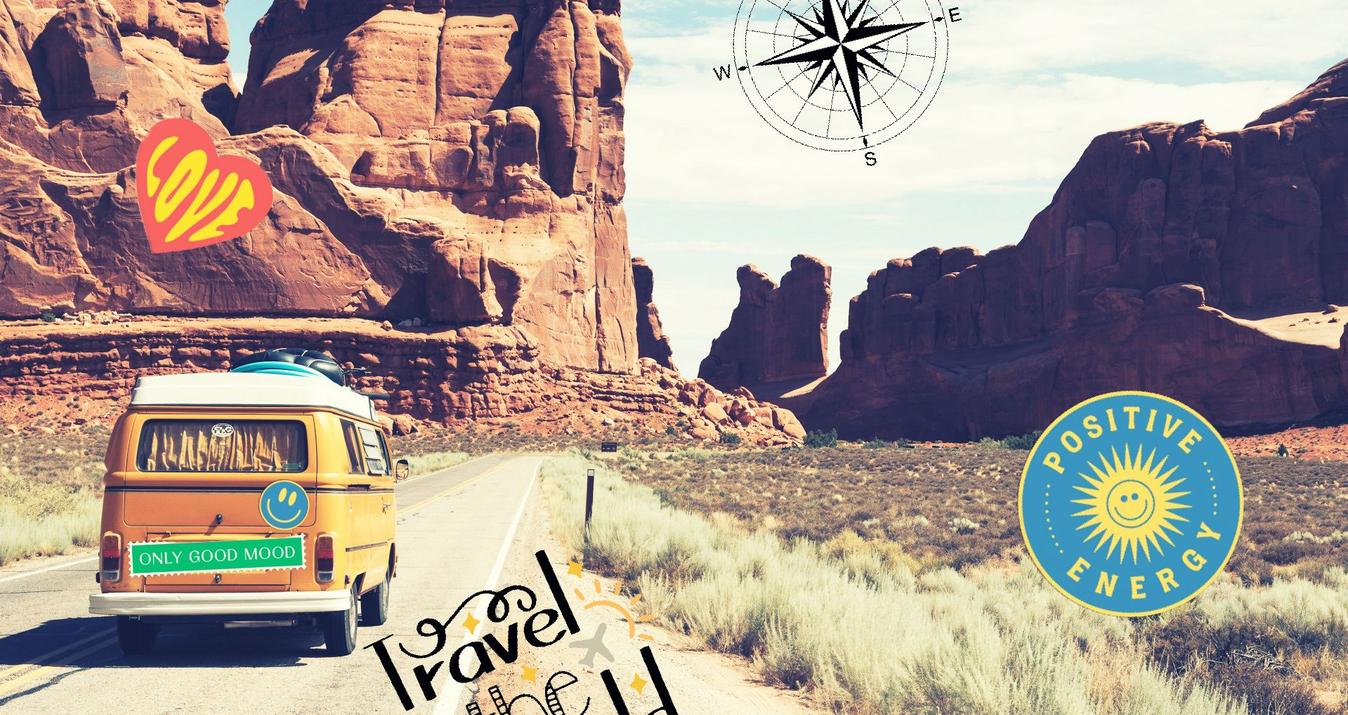
December 20, 2024
How To Add Stickers To Photos For A Creative Flair
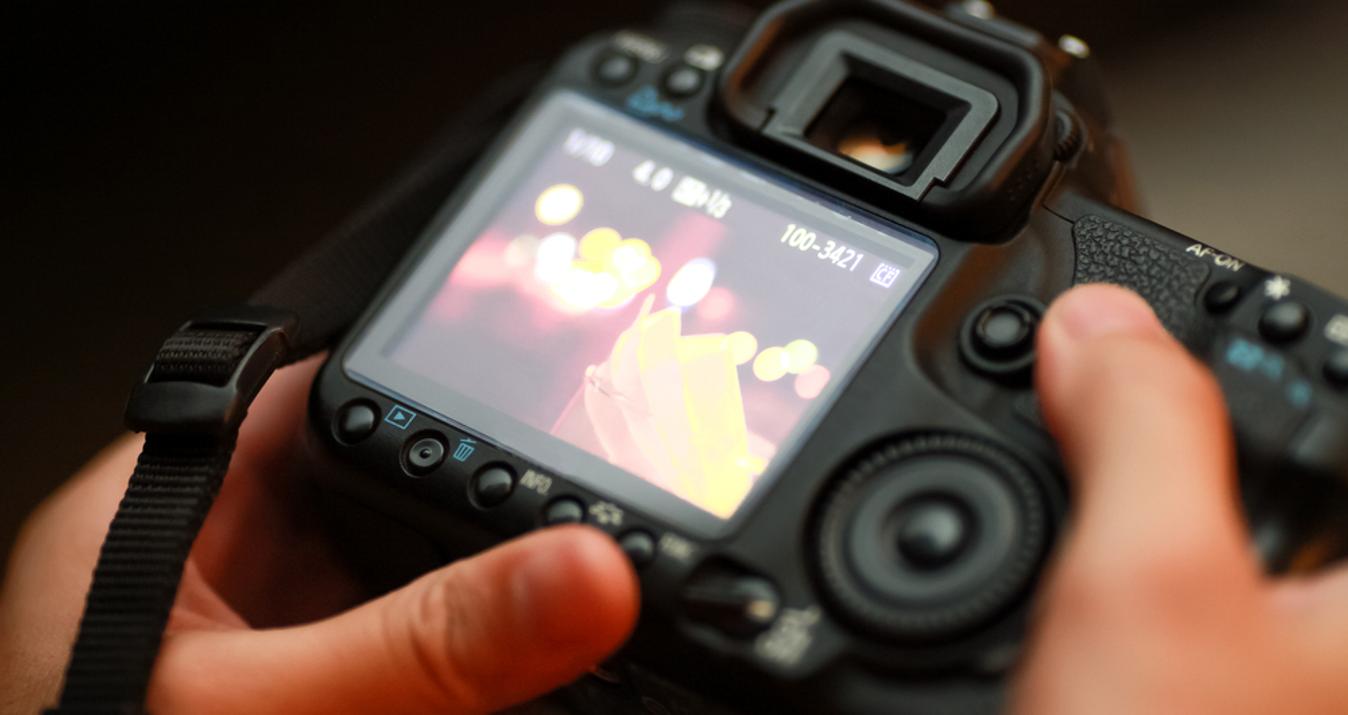
December 19, 2024
Best Cheap Camera For Photography Beginners
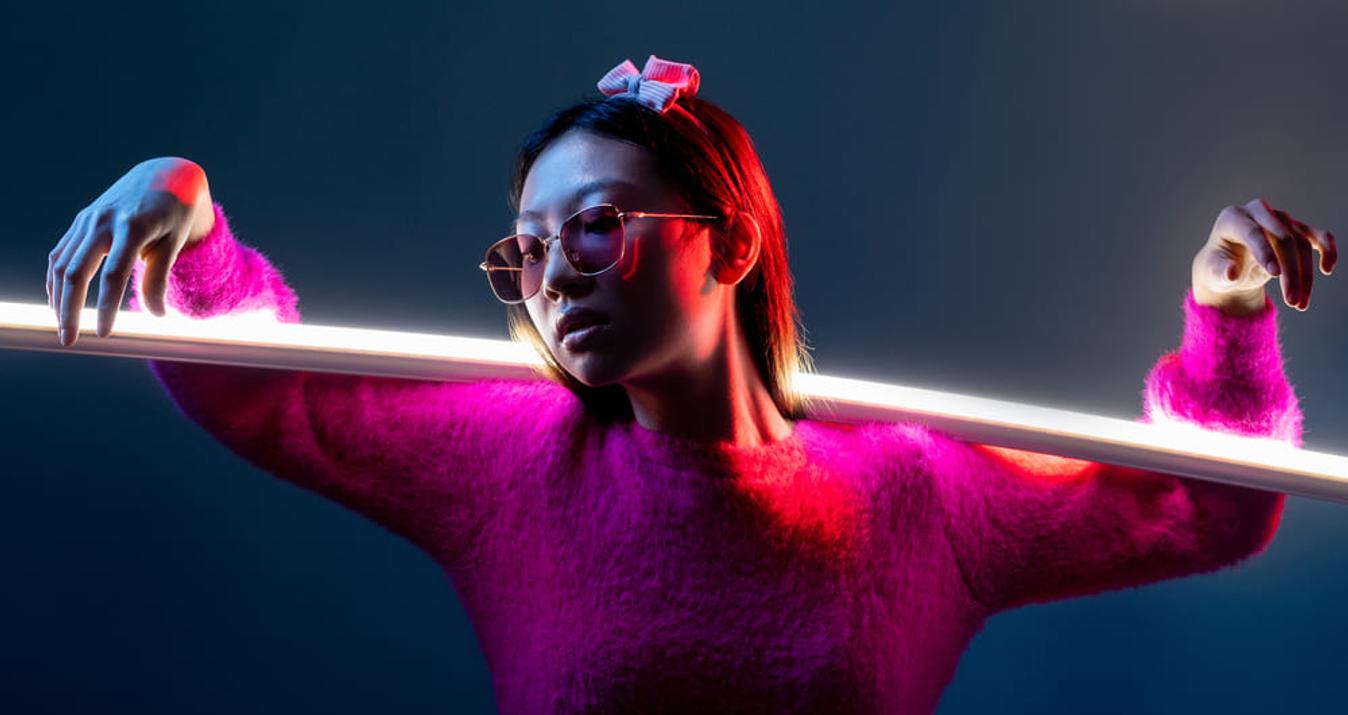
December 17, 2024
Neon Light Portrait Photography: Creative Photo Ideas
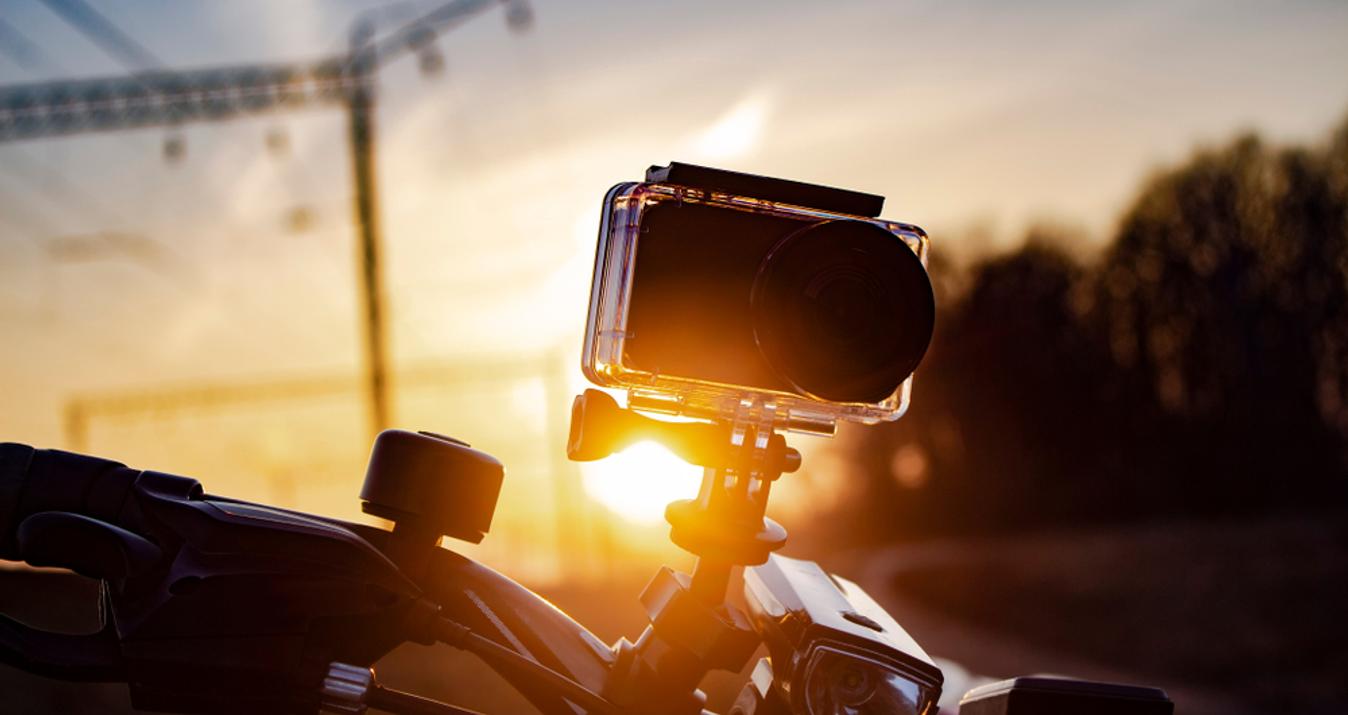
December 17, 2024
Best Action Camera Flashlight for Photographers
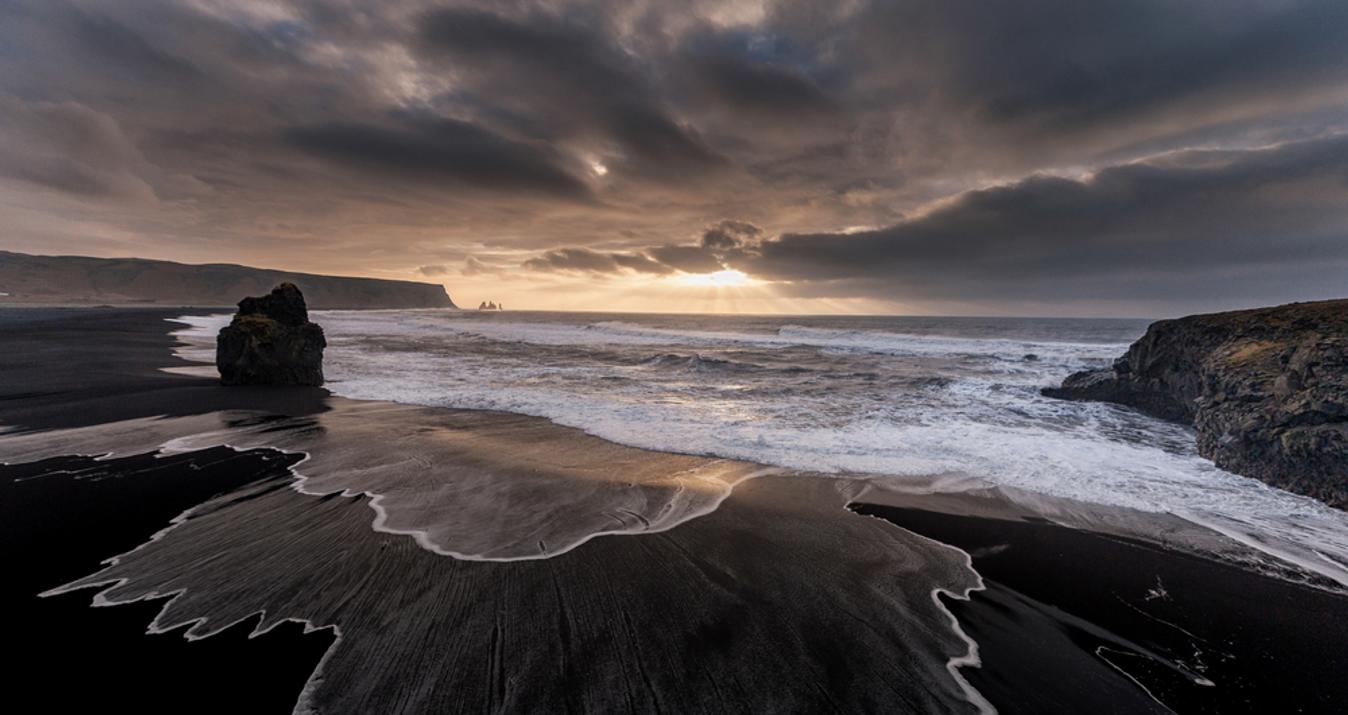
December 13, 2024
Epic Shots Await: 10 Best Iceland Photography Locations
Most Popular
A Special Perk for Our Blog Readers
Get a 10% discount on Luminar Neo and dive into professional photo editing today!
Thank you for subscribing.
Your gift is waiting in your inbox!
Unlock Pro-Quality iPhone Photos with Our Free Guide! 📸
Gain instant access to simple yet powerful tips for enhancing composition, lighting, and editing—everything you need to transform your photos effortlessly!
👇 Fill out the form below to receive your guide directly via email.
Curiosity is the doorway to skill
Thank you for your interest! Discover the secrets to pro-quality photos in your guide, waiting in your inbox.


